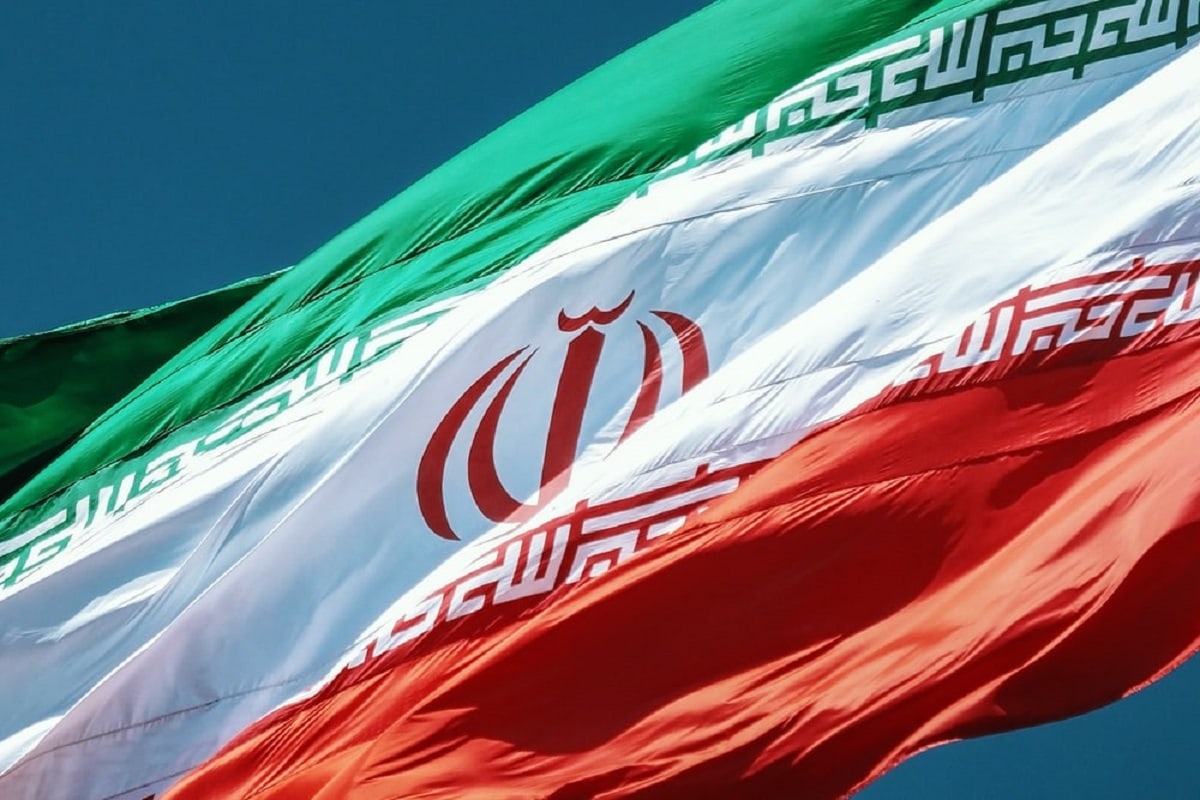As popular protests in Iran continue into a second week, a pre-revolutionary atmosphere has taken hold of the country. It is very similar to the days prior to the fall of the Shah in 1979. Iranian society is showing unprecedented unity in the face of a regime that has dealt out four decades of repression.
In recent days, demonstrations have taken place in more than 100 Iranian cities. Interestingly, all of the ethnic and social components of Iranian society have joined a movement sparked by the killing of Mahsa Amini. They protest against the oppression suffered by women in Iran, but this movement has the much broader aim of bringing an end to the Islamic Republic of Iran.
Tehran Will Step Up the Violence
While the repression of demonstrators has not yet reached the level seen in previous waves of protest, Iran’s security forces have already caused the death of several dozen demonstrators. Two-thirds of those victims are from the Kurdish region of Iran, which was the starting point of the protest movement and where security forces hesitate much less to shoot protesters. This was the case in the Kurdish city of Oshnavieh, which seems to have practically fallen under the control of the population.
In order to break Iranian unity, the regime accuses the Kurds of playing into the hands of foreign powers and of wanting to dismember Iran. While the Iranian Kurdish political parties based in Iraqi Kurdistan struggle to solve the Kurdish problem within the framework of Iran — and have not deployed any peshmerga forces inside Iranian Kurdistan – the Islamic Revolutionary Guard Corps is threatening to attack their headquarters with missiles. Indeed, it has just begun the bombardment of bases in the border regions.
The continuation and the intensification of the popular insurgency in Iran could lead the regime in Tehran to step up its use of violence – not only in Kurdistan, but throughout Iran. In this case, the reaction of the international community could be decisive for the preservation of civilian life, as well as the future of the country and the entire region.
Turn Words Into Deeds
The international solidarity shown in the media following Amini’s death has been unprecedented for Iran. But this is far from being enough to prevent the Iranian regime from massacring protesters. Beyond this solidarity, and the promise of providing the Iranian population with access to the Internet, a whole series of concrete measures should be taken on the international level. These measures might include adding conditions to negotiations regarding Iran’s nuclear program; further sanctions on Iranian companies, businesses, and figures sponsoring and supporting the violence; summoning Iranian regime figures to the international bodies; demanding to deal with the true representatives of the Iranian people; and, most important, gathering an extraordinary meeting of the U.N. Security Council with the agenda of setting up a mechanism for the protection of civilians in Iran, and meeting their demands.
Peace in the Middle East and the eradication of Islamist terrorism in the world depend on the liberation of the peoples of Iran from the yoke of the Islamic Republic. This regime has not only devastated the country, but caused that devastation to spread to several other Middle Eastern countries.
Asso Hassan Zadeh is a former deputy Secretary General of the Democratic Party of Iranian Kurdistan.

